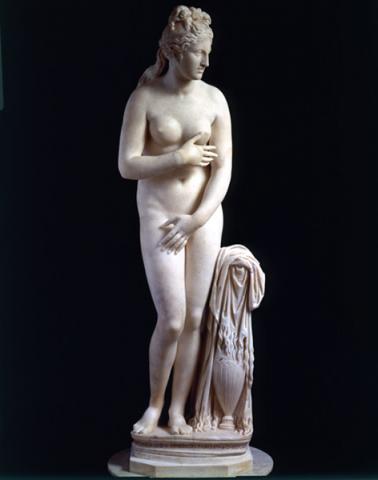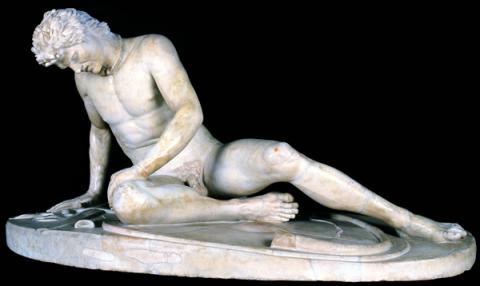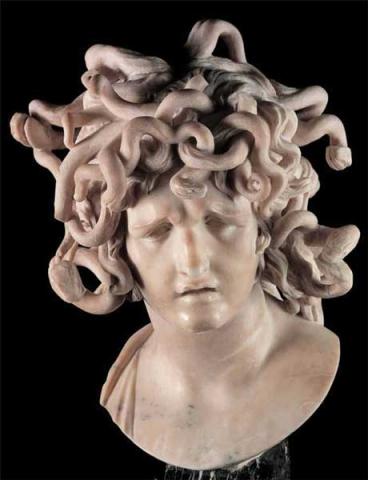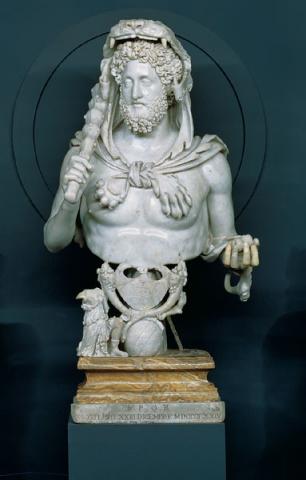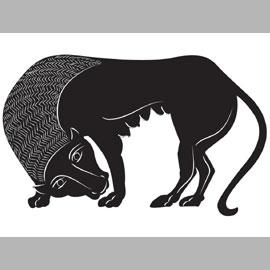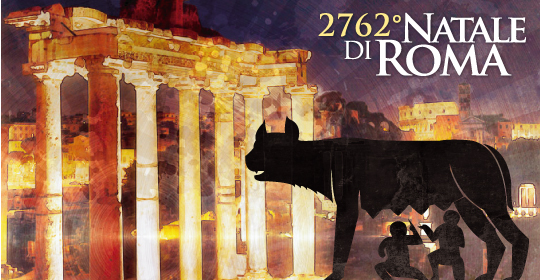Trilogy. The She-Wolf as Shape of time
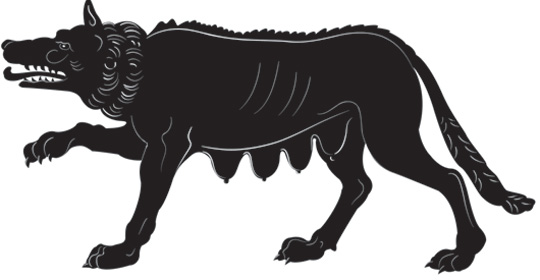
An exhibition of twelve prints by Kristin Jones in the Capitoline Museum's "Sala della Lupa" , the She-wolves depict the principal phases of the figure in time.
The repertoire of images depicting the She Wolf with the twins numbers well over two hundred. They range from sculpture in the round to painting, ceramics, jewelry and above all reliefs that decorated sacred sites and buildings, objects of daily use and funeral monuments. To these must be added the more than a hundred coins, repetitive if you will, but the most widespread vehicle in antiquity of personal and governmental propaganda. Their purpose was above all aimed at expressing affiliation, identity, descent, romanitas.
An overall survey of the exhibit reveals the archetypical and standard version of the mythical origins of the city in every image, as handed down by artists and artisans in antiquity, and reinterpreted by many more recent artists in their attempts to unfold the story of Rome’s very beginnings. From the sixth century BC to the seventh century AD, and beyond, the She Wolf nursing Romulus and Remus seems never to change.
The collection of images in the Capitoline Museum’s 2000 exhibit “La Lupa Capitolina” inspired Kristin Jones to create a series of images in which a few essential lines highlight the various types into which the shapes fall, initiating an intense dialogue on their differences.
The subject is no longer what it was; the eye captures the objects’ formal value, and we become aware of how the She Wolf’s stance changes, suggesting a variety of interpretations. The animal may be shown as a ferocious beast, or there may be something presumptuous in her attitude to her surroundings. The maternal and protective aspect may prevail while in other cases the She Wolf is small when compared with the gigantic figures of the twins. In some images, what strikes the eye is the animal’s alertness, heedless of the two infants at her side, while in others she aggressively defends her unusual offspring.
The position of the front and hind legs, the silhouette and length of the tail and ears, the shape, number and consistency of the dugs, sometimes turgid, sometimes shriveled, the direction and size of the head, the mouth open or closed and with the teeth clearly visible or hidden by the lowered muzzle, the position of the tongue and the shape of the nose, are all variables in the animal’s pose, leading to a rich variety of ways of experiencing the image of the mater Romanorum. The anatomical features, the simplified characterizations of the muscles, the various ways of showing the coat, above all in the long row of tufts arranged along the back and in the mane that may be limited or spread around the neck, determine an infinite range of variables between the two poles of extreme wildness or exaggerated protection.
The chronological sequence of the different She Wolves gives us an image of Rome that is in a sense the story of its history, characterized at times by clashes and shows of force with the other peoples along the shores of the Mediterranean, at other times by processes of integration, assimilation, acceptance.
The images of the She Wolf, like the women the Greek poet Semonides catalogues in his Iambic satire, seem to reflect the image of itself that Rome offered to the world.
Claudio Parisi Presicce
Associazione Tevereterno Onlus
Information
Tuesday-Sunday 9.00am-8.00pm - the ticket office closes an hour in advance
Closed Monday
Tel. 060608 (every day 9.00am - 9.00pm)
Historic consultant Claudio Parisi Presicce.
Drawings Francesca Fini.
Associazione Tevereterno Onlus e Fondazione Volume!


























